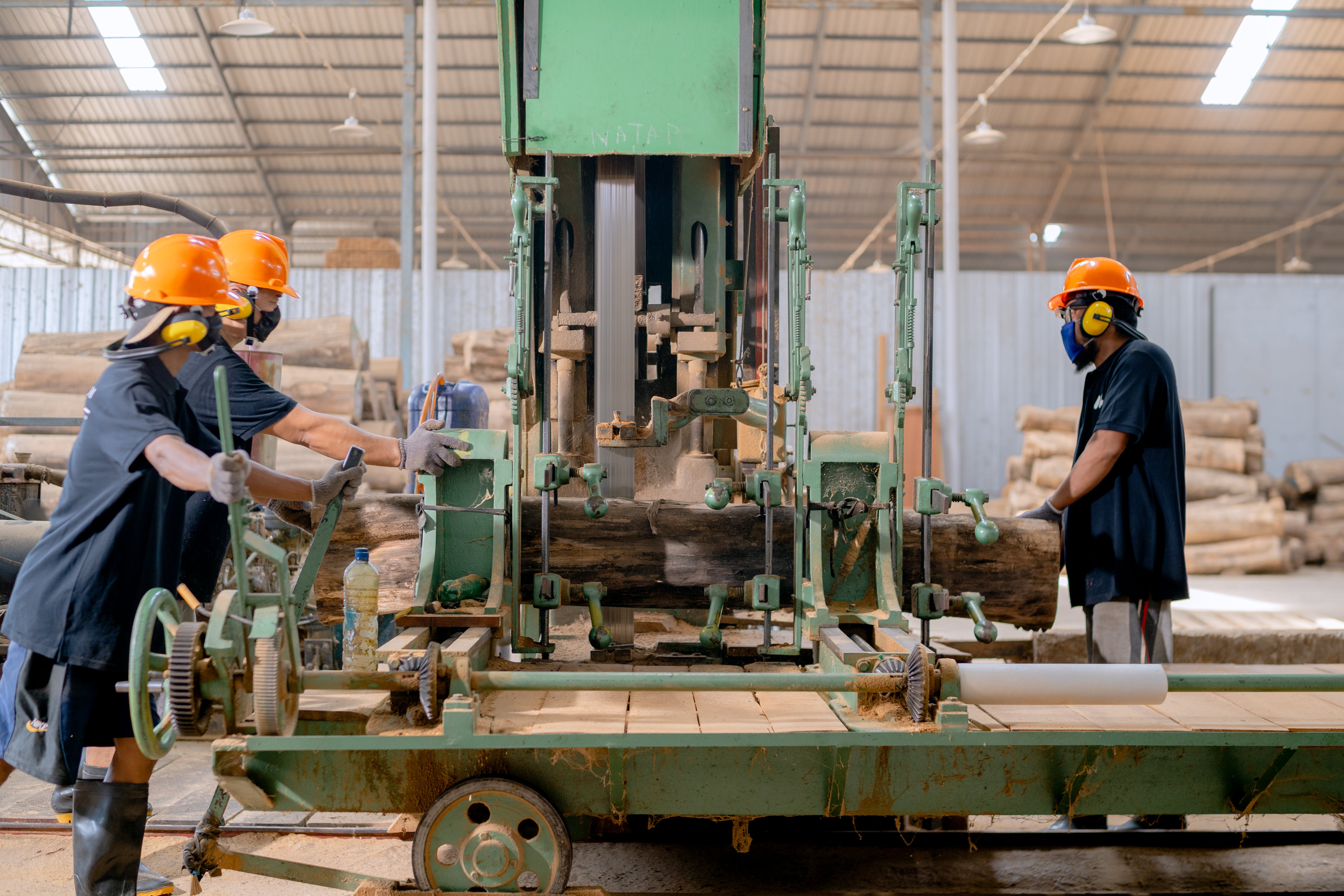
Topics:
January 10th, 2024
1 min. read

As we’re closing out 2023 and heading into 2024, the new OSHA reporting regulations that we’ve been talking about most of the year will be going into effect. And for many companies, 2024 will be the year that they need to step up their reporting.
The biggest change is that any company with more than 100 or more employees in designated higher risk industries must submit their OSHA 300 and 301 forms, in addition to the 300A summary.
Why is this a big deal?
In the past, these companies only had to file the 300A summary. The ask now, will be for much more information. According to my colleague, David Collingwood, “The OSHA 301 is the incident report which gives more detail and depth of information. OSHA just keeps adding layer upon layer and getting more complex.”
As for why they have expanded the reporting requirements, OSHA Administrator Doug Parker explains, “Congress intended for reporting procedures that would provide OSHA and the public with an understanding of the safety and health problems workers face, and [these new] rules are a big step in finally realizing that objective...OSHA will use this data to intervene through strategic outreach and enforcement to reduce worker injuries and illnesses.”
For these companies filing the 300 and 301 for the first time, there may be a bit of a learning curve for the safety directors and HR professionals tasked with tracking and reporting safety data. And the cost for non-compliance is high. OSHA can fine companies that don’t attempt to submit required data $15,625. Materially false, fictitious, or fraudulent statements in a company’s required submissions can be punishable by fine or imprisonment of up to five years, or both. So, needless to say, getting the submissions done and done correctly is of paramount importance.
The good news is that technology can help with recordkeeping and reporting. Certain web-based applications can auto populate data across the required forms, saving time and helping safeguard against filing mistakes.
McClone has partnered with OSHALogs to help clients with their OSHA recordkeeping and reporting. If you’re looking for ways to simplify OSHA recordkeeping, a great place to start is with a demo of the OSHALogs platform.
Brad DeLeeuw, Business Development Executive
Brad joined McClone in 2020 after spending 14 years serving as both in-house human resources manager, benefits administrator, human resources analyst and human resources consultant at various organizations. This experience gives him a real-world understanding of the issues organizations face and the types of solutions they are seeking. The combination of his prior experience combined with his time at McClone have given Brad an expertise in commercial insurance, property/casualty insurance, risk management and employee benefits. He currently leads a team of 5 business development executives at McClone. As a business development executive, Brad’s role is to ensure a seamless transition for McClone clients as they onboard to their account team, risk management professionals and industry and subject matter experts. He also serves as an ongoing point-of-contact for clients as needed. Brad earned a bachelor’s degree in interpersonal communications from the University of Wisconsin - La Crosse. In his free time Brad likes to spend time with his family traveling, golfing, and doing other outdoor activities in the summer and fall. He has coached middle school basketball for 7 years and enjoys developing the kids for high school competition. He also makes an attempt each year to complete 2 half marathons.
Topics: